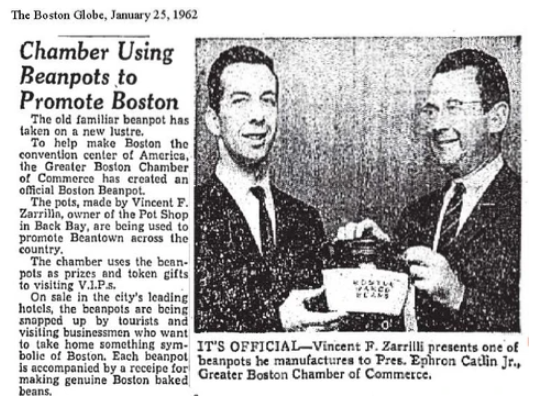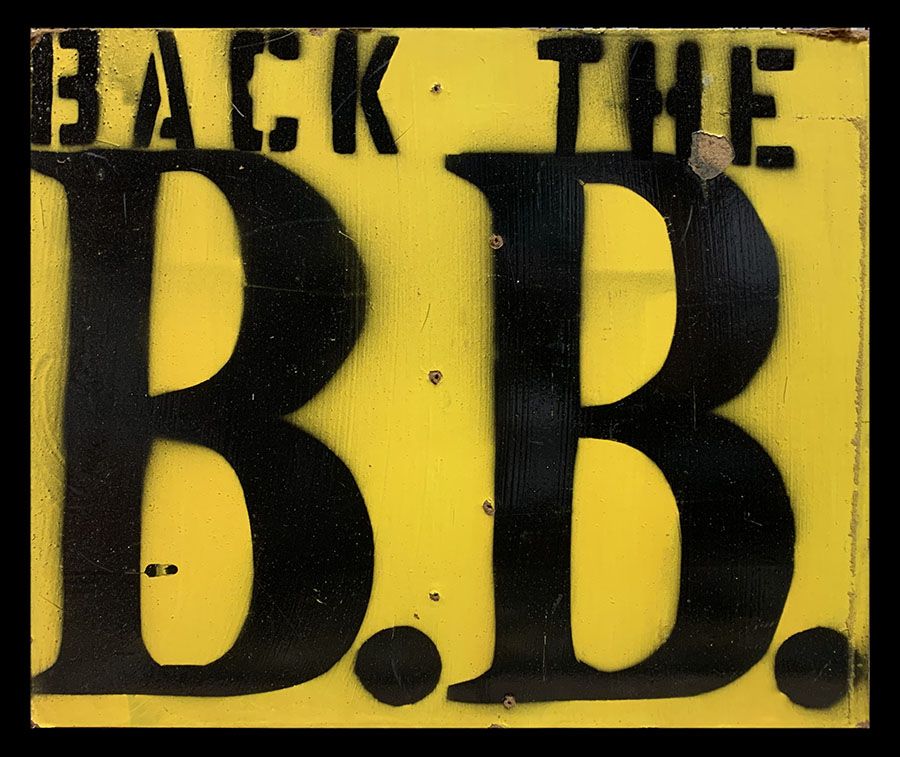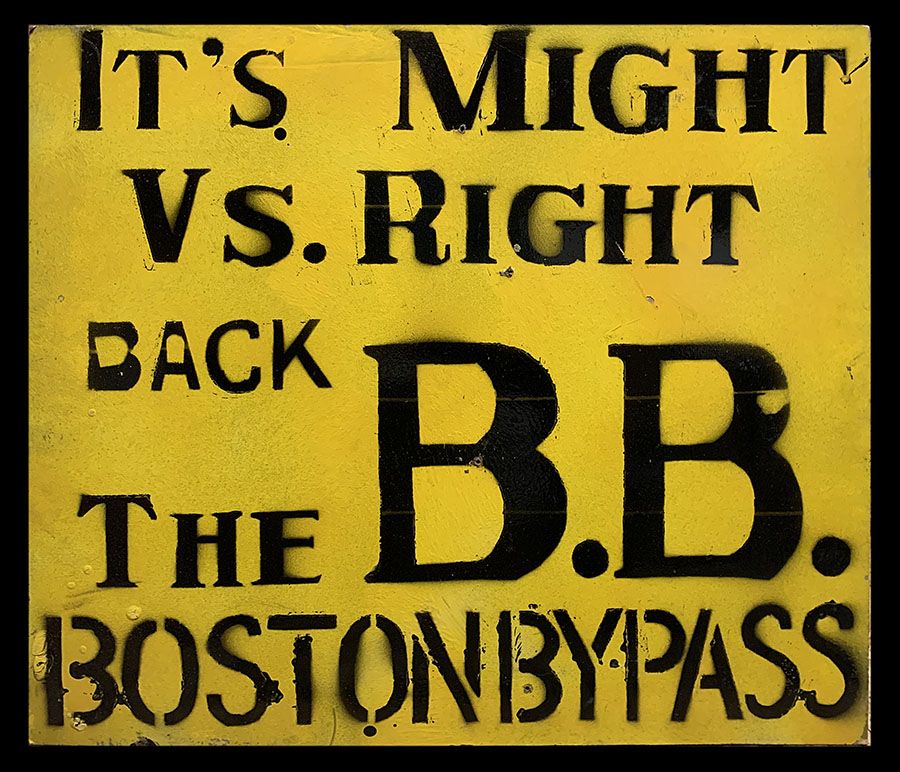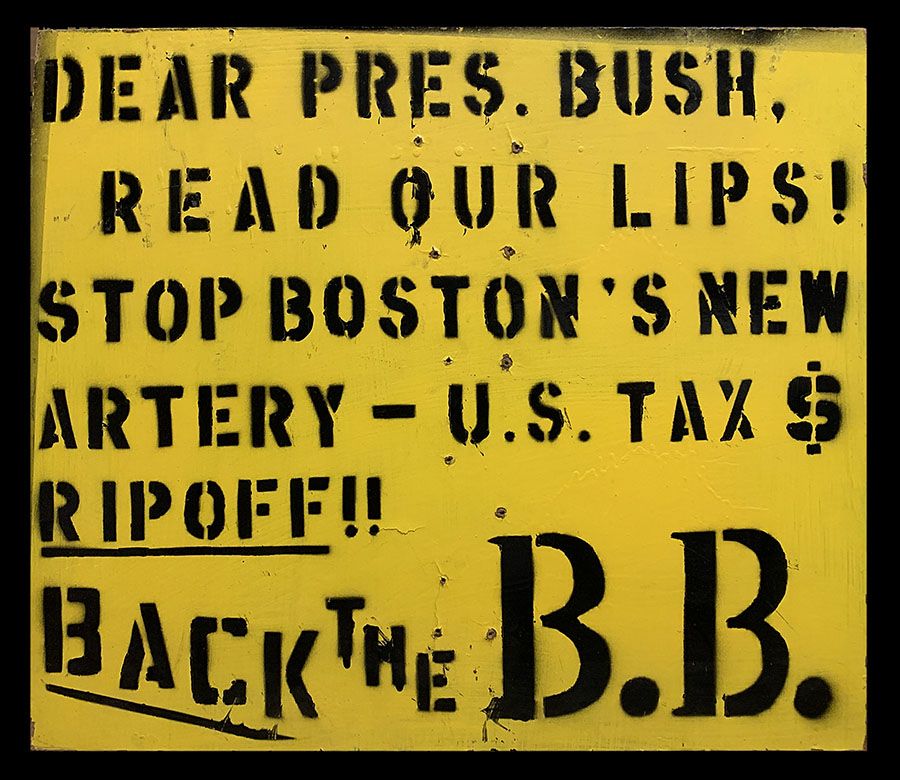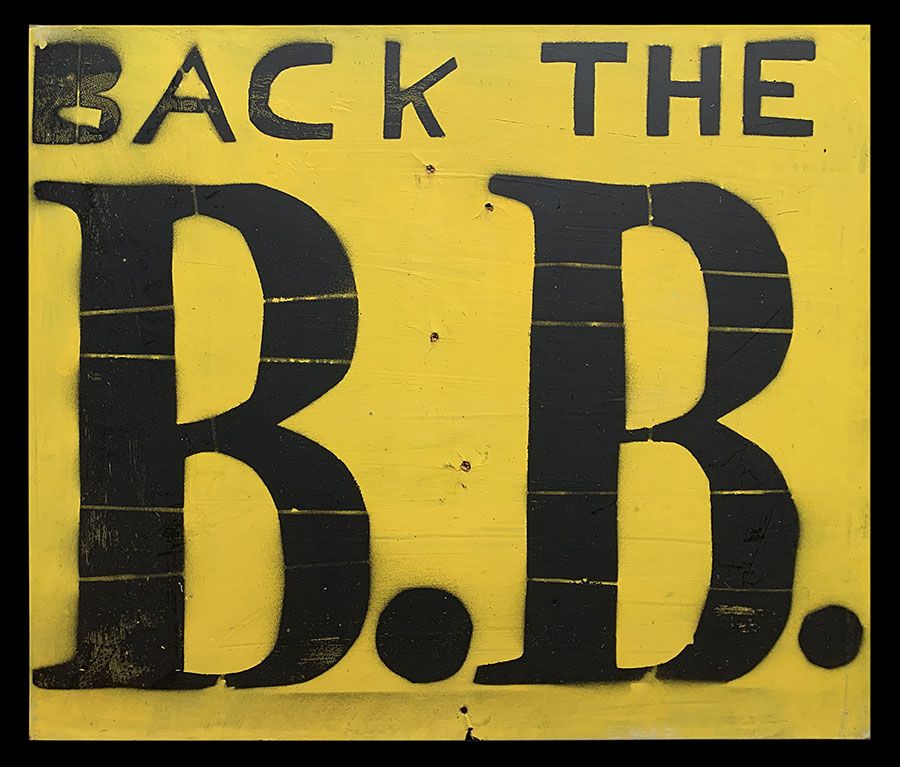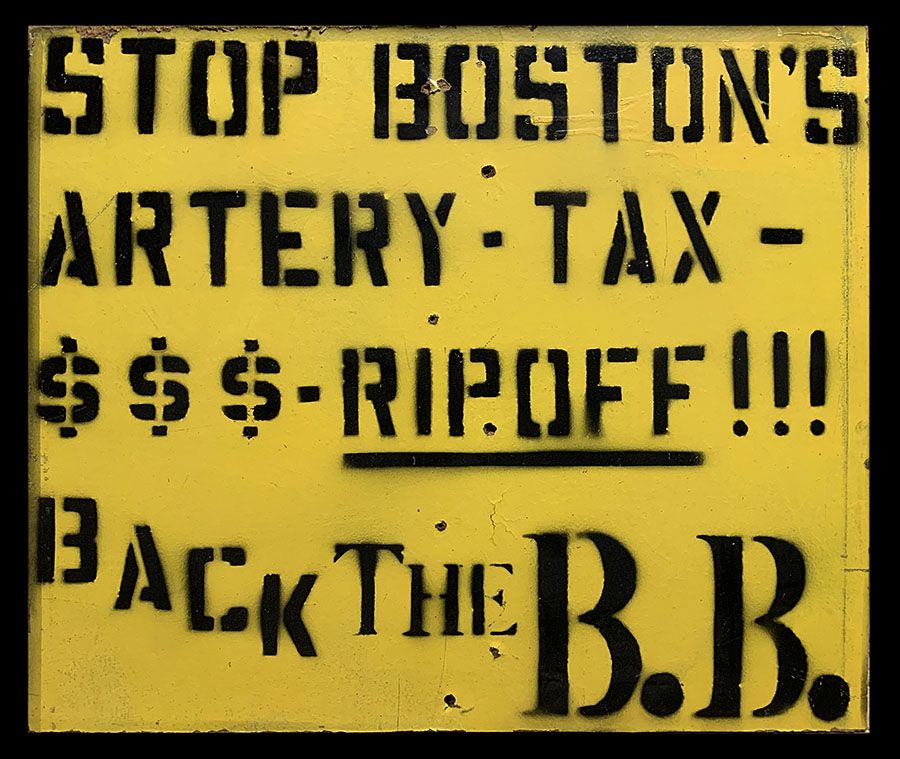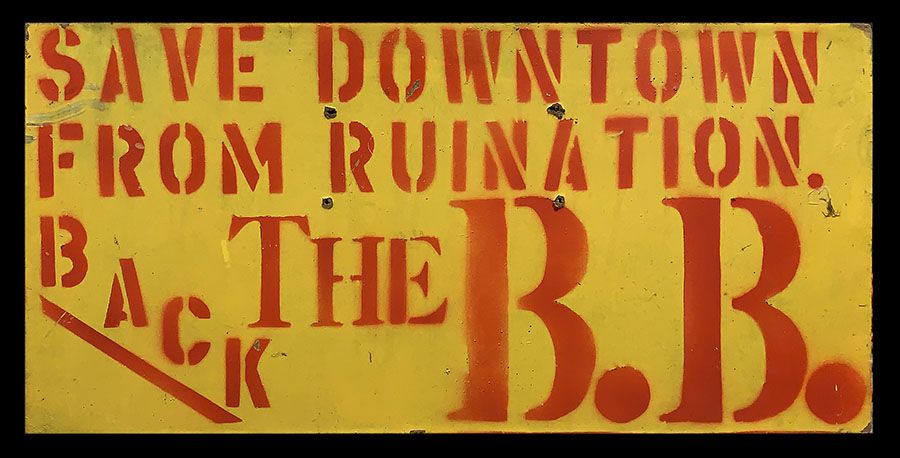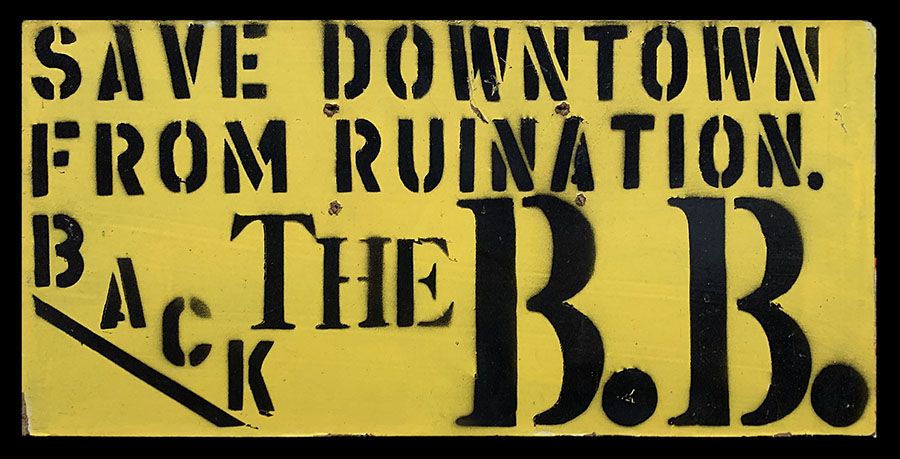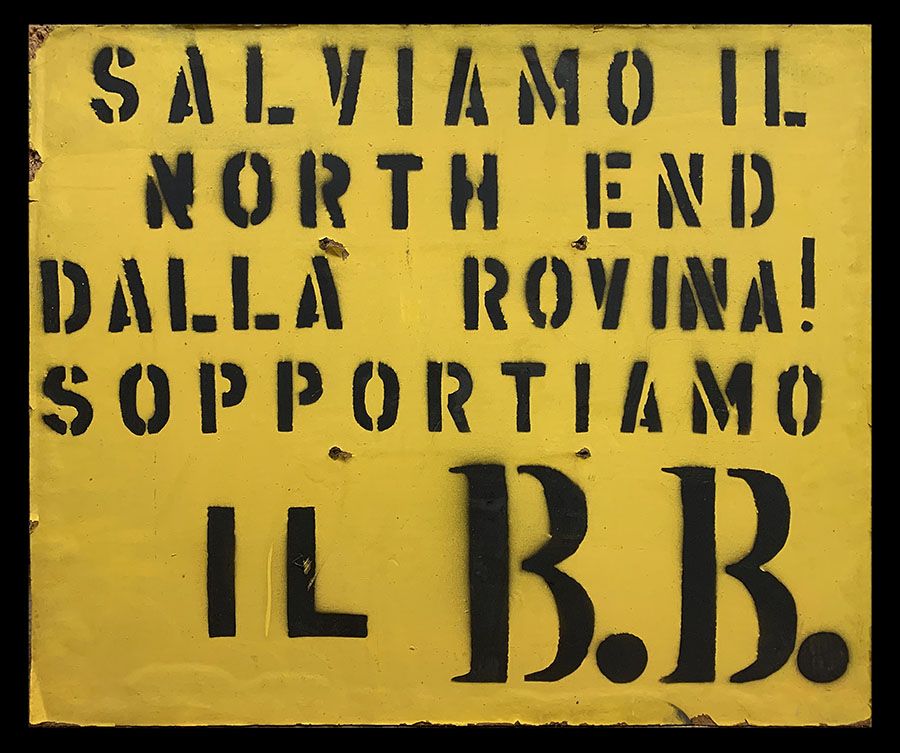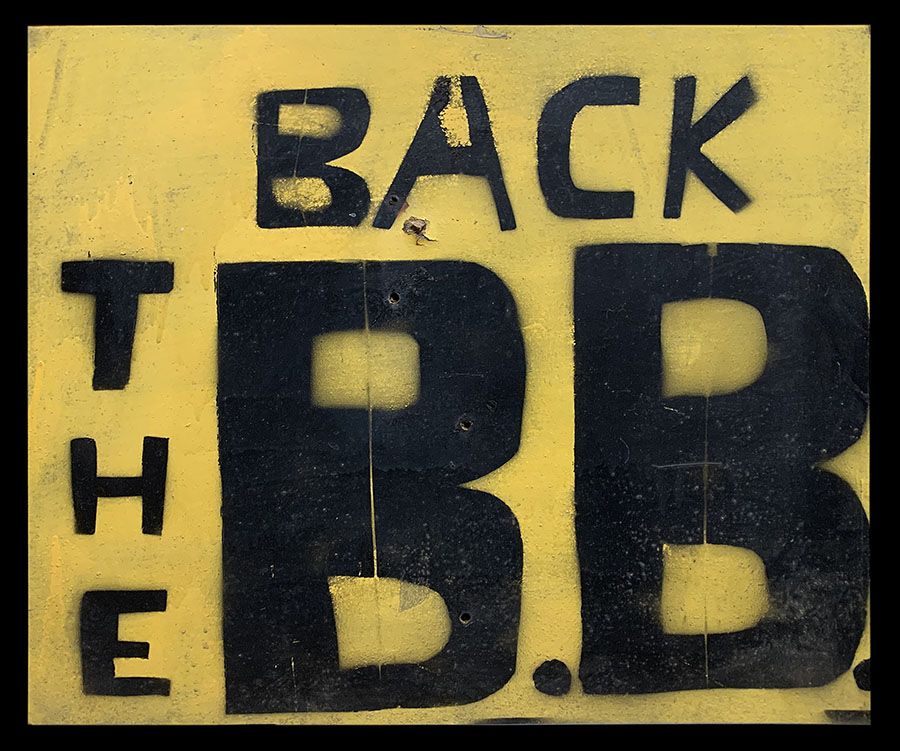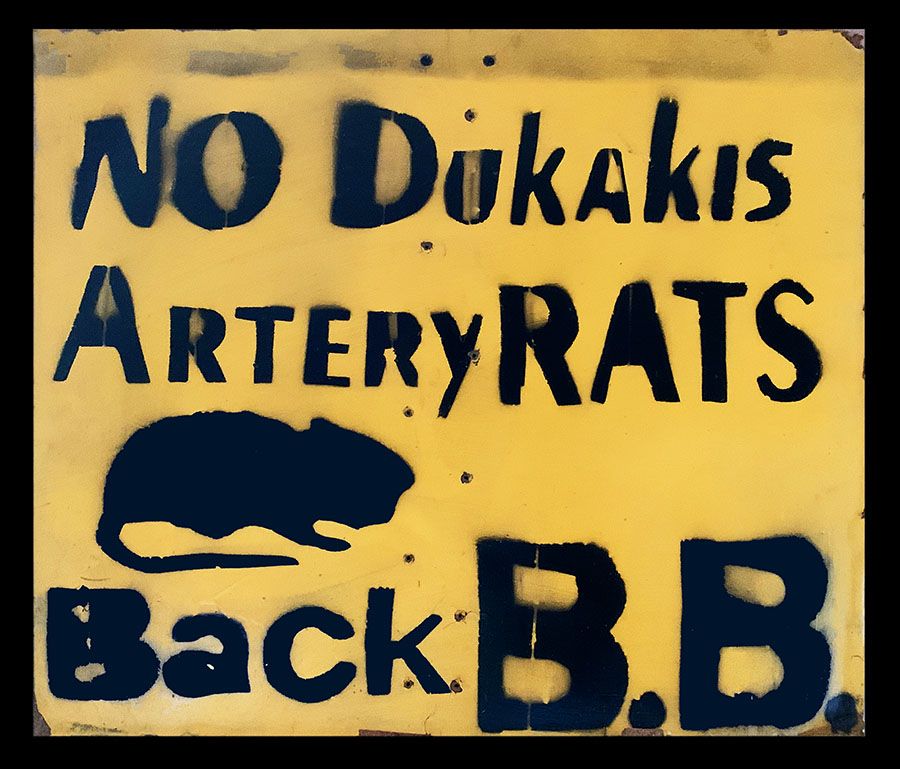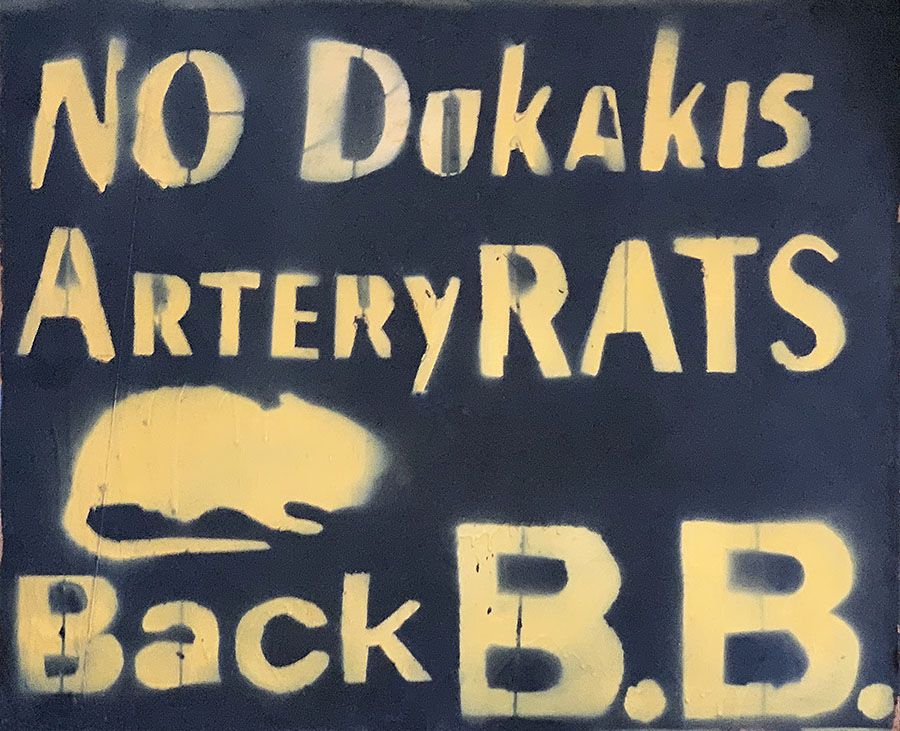Back The BB!
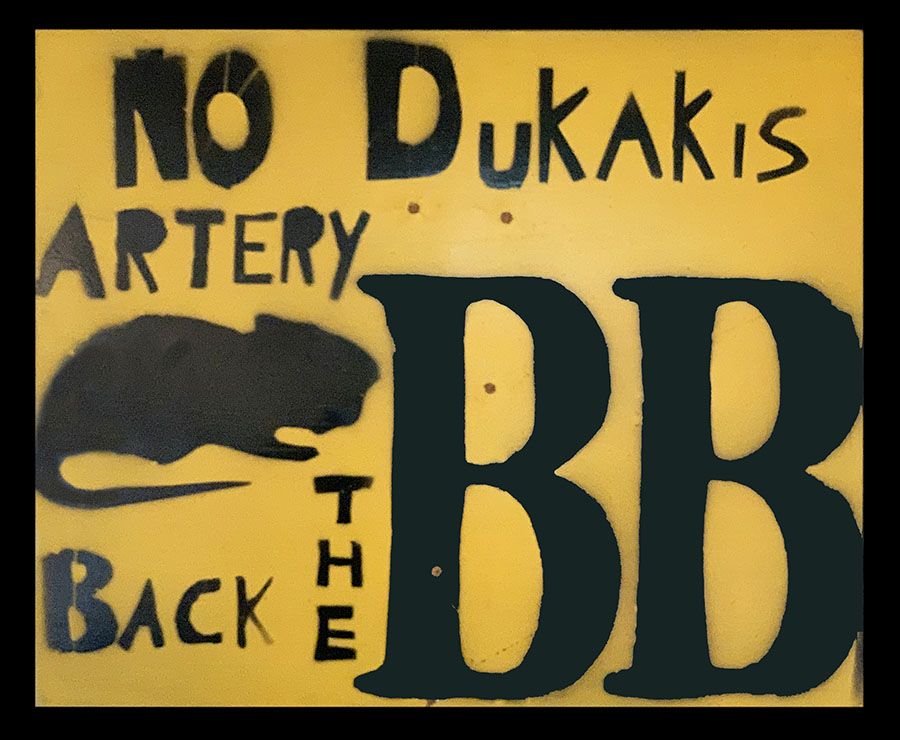
Richard Sheaff
I have off-and-on over the years accumulated a number homemade, stenciled signs of one kind or another, most of them expressions of protest. I think of them as a genre of folk art. Back in the 1980s and early 1990’s I spent many an early Sunday morning adding one particular kind to my collection.
Planning for Boston’s “Big Dig” (officially, The Central Artery / Tunnel Project) began in 1982, with construction running from 1991 through 2007. The idea was to better interconnect the traffic coming into Boston from the South, North, East and West by tearing down the elevated sections of highway running through the South Station to North Station areas, then digging to construct an underground network of roadways and tunnels under the harbor. At the outset, all sorts of alternative plans and routes were proposed and considered.
A somewhat well-known Boston character named Vincent F. Zarrilli was passionately opposed to the “Big Dig” concept, arguing that it made little sense, would be a waste of taxpayer money, would be corrupted by politics, and was an approach which would uncover and annoy a zillion rats said to be living underground, forcing them to surge out all over Boston. He called the Central Artery project “. . . pernicious, political, and perverted.”
Zarrilli first made his name when he opened his “Pot Shop” (the cooking type) in 1959. After briefly studying law, he had sold cookware door-to-door. As he later labored to establish his business, he sent his children out onto the streets wearing advertising signboards. His cookpot store caught on, and expanded to become a network of 17 stores throughout New England. Though “Vinny” died in 2018 at age 85, the Boston store is still in operation. It’s website notes that “In 1962, Julia Child urged Vincent to create The Original French Chef Omelette Pan. The pan soon became one of the Pot Shop’s most popular items.” A family story has it that “The Vin” is “the only one I know that had an encyclopedia volume named after him . . . THE—VIN was one volume of an encyclopedia set we knew as teenagers!”
Anyhow, Vinny felt he had a much better idea than digging a huge tunnel: building a 10-mile double-deck road-and-rail bridge over Boston Harbor from Dorchester to Charlestown, with railway access to Logan Airport across the harbor. He called his approach the “Boston Bypass”, “B.B” for short. Zarrilli protested in various ways including testifying, posting fliers on the side of City Hall, and even initiating a lawsuit in 1990 (which was dismissed). It seems that no feasibility studies for the B.B. were ever done, and he was unable to garner much support in the State House or elsewhere. But he was passionate, and pursued his efforts with “colorful enthusiasm”(from his obituary). He took to personally creating yellow and black signs on masonite made with hand-cut stencils, and tacking them up around the greater Boston area. Especially near the State House. Local authorities tended to remove them when they got around to it. He created many different signs, including one in Italian to post in Boston’s traditionally Italian North End.
As soon as I spotted them, I began to collect an example of as many different types as I could find. Sometimes he posted them high up on telephone poles, and I needed to stand on the roof of my Jeep to reach them. I have no idea if I managed to round up every different type he made, probably not, but I suppose I may have the largest extant gathered collection, perhaps the only one! Perhaps the family has a more complete collection, a set of “printers file proofs”.
Zarrilli never did drop his opposition. Even after the Big Dig was completed, he continued to advocate for constructing his Boston Bypass. Through Freedom of Information Act requests he uncovered unflattering statistics on vehicular accidents in the new underground roads and tunnels and made the data known through the Associated Press, in support of doing things his way.
Below are the Zarrilli signs in my collection.
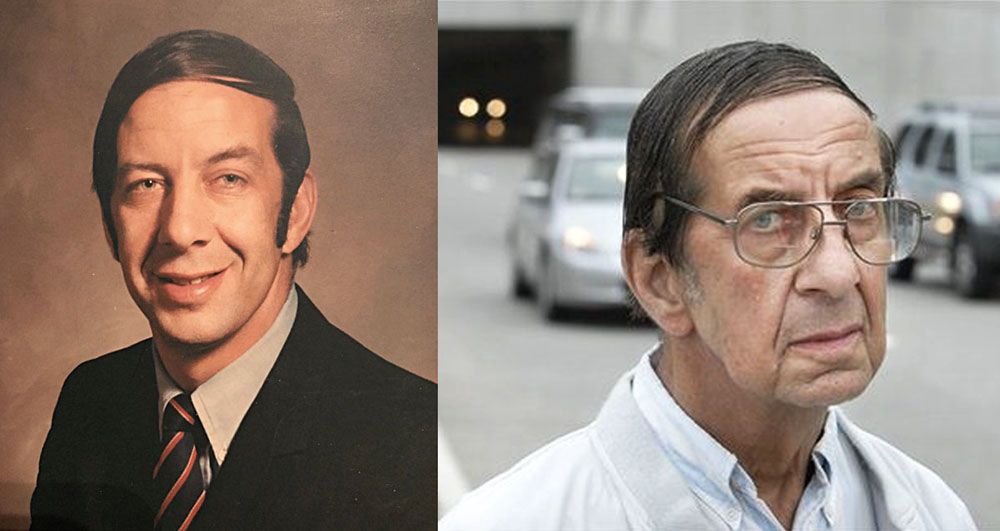
Vincent F. Zarrilli
